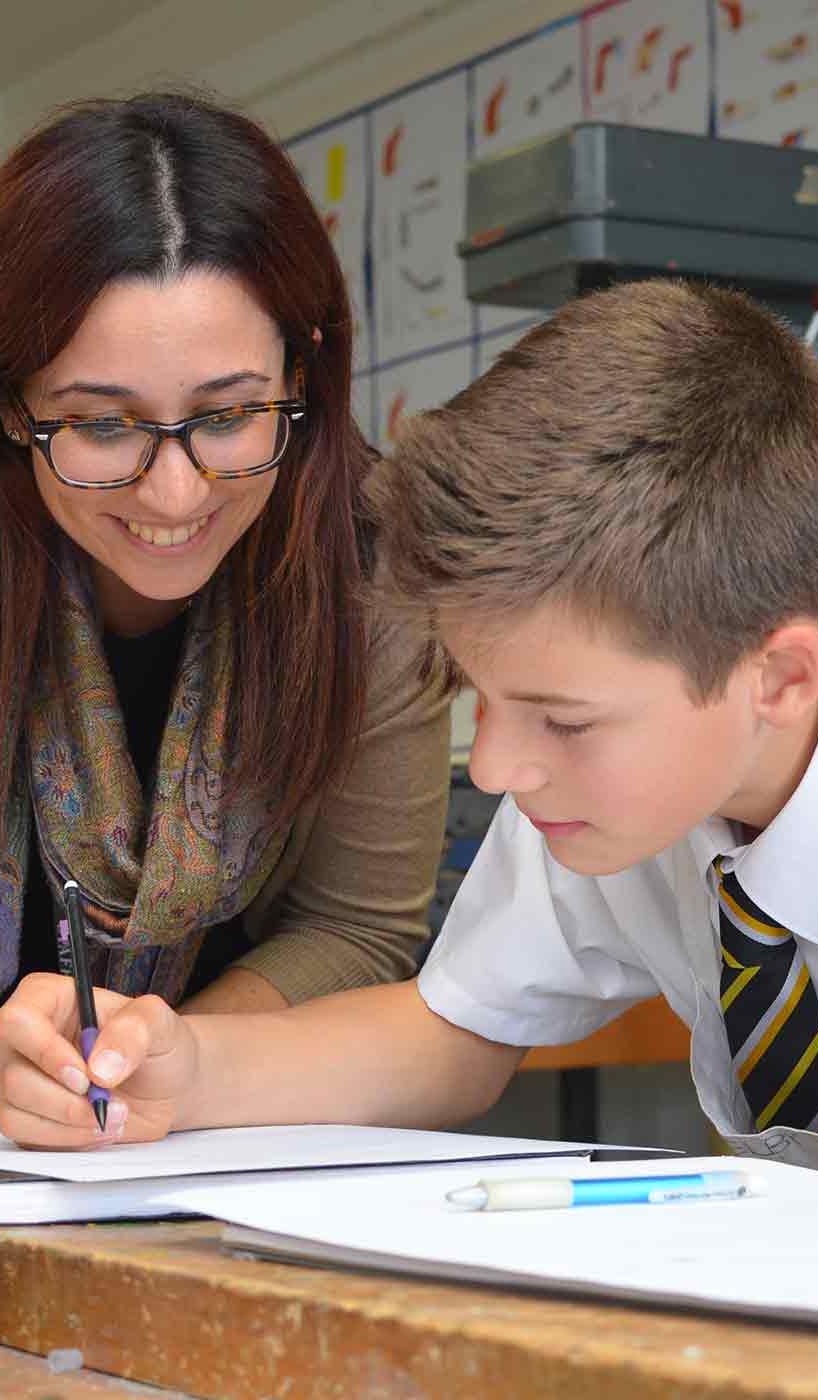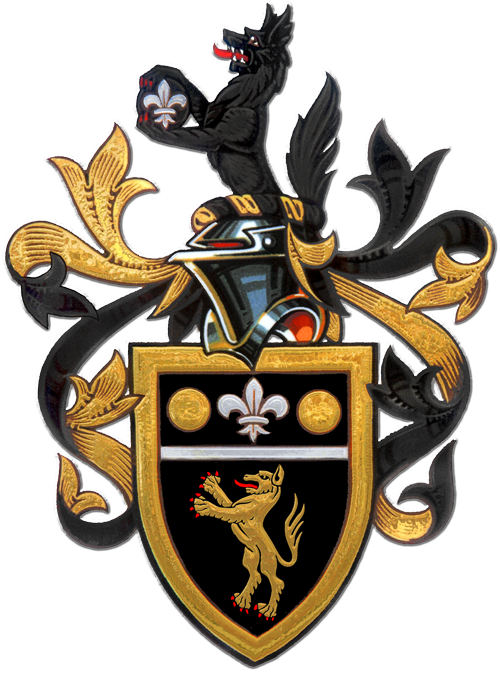Design Technology
Design Technology is an inspiring, rigorous and practical subject that offers an opportunity for pupils to identify and solve problems by designing and making products or systems in a wide range of contexts.
Pupils should design and make products and develop skills that will have benefit to them beyond their years in education. Design Technology encourages pupils to be creative, innovative and independent thinkers.
Our Staff
Mrs G. Ironside (Head of Department)
Mr C. Burton
Mrs G. Selwyn-O’Shea
Mr D Kennish (Technician)
Key Stage 3
Throughout Year 7 and 8 pupils study and develop a range of presentation and manufacturing skills in Design and Technology. There is a particular focus on high quality drawings using a variety of drawing techniques. Throughout KS3 we focus on principles of design and their social and ethical impact. Pupils learn about a range of materials, the context in which they are used and the impact of their use on the environment and society. Research based learning is encouraged as a foundation to the research required in Product Design. Pupils are introduced to the concept of technology maths and encouraged to think about the use of mathematics in solving practical problems. On-going evaluation is encouraged and pupils are taught to use it to inform future design.
KS3 Core Concepts
| CC1 – Explore and Identify |
EXCEEDING: Thorough and broad investigations identify a breadth of highly challenging problems and opportunities for further research, work reads intuitively. Innovative consideration into market potential. An exceptional critical understanding of the context and the sources that have informed them. Stakeholders drive the progress of the project and feedback used intrinsically. SECURE: All criteria for developing met but the investigations are comprehensive and offer scope for variation and depth of study. The problems identified feel challenging and there is objective consideration into market potential. There is a strong link to the context and stakeholders have been used to inform decision making. Varied sources of inspiration used to support design thinking. DEVELOPING: All criteria for improvement needed met but there is a stronger sense of emerging investigations that begin to identify some problems. Starting to consider market potential. There is an obvious, but narrow link to the context and primary user/stakeholders needs and wants to inform decision making is evident but limited. Some sources of inspiration are used to support design thinking. |
| CC2 – Technical knowledge and understanding |
EXCEEDING: Exceptional level of understanding of materials and their properties which can be linked confidently to sustainability issues. Fluent use of key subject vocabulary. Exceptional understanding and application of principles of drawing, good use of CAD and production of a range of views. Design communication to a 3rd party is clear and thorough in detail. SECURE: All criteria for developing met and there is a sound understanding of materials and their properties which is used to answer exam-style questions. Informed use of key subject vocabulary. There is a strong understanding of how sustainability issues effect design decisions. Secure application of principles of drawing and 3rd party design communication is clearly presented. DEVELOPING: All criteria for improvement needed met. Beginnings of an understanding of material theory and their properties although this is not always used correctly. Key subject vocabulary is starting to be used although not consistently. Limited application of sustainability and environmental considerations. A basic grasp of the principles of drawing and design communication with some details presented to a 3rd party. |
| CC3 – Problem solving |
EXCEEDING: Quality of final prototype is exceptional and provides strong impact and appropriate clarity to a 3rd party. Different and innovative designs offering scope for challenge and fully reflect stakeholder requirements. Highly skilled use of tools and equipment to achieve accurate outcome demonstrating excellent skills and knowledge. Using sound health and safety procedures. SECURE: There is good consideration of the needs and wants of stakeholders. Design approaches are varied in approach and avoid design fixation. Accurate manufacture achieved through sound use of tools. Secure understanding of processes and techniques required to achieve a good outcome. Good awareness and application of health and safety procedures. DEVELOPING: All criteria for improvement needed met. There is evidence of some consideration into the needs and wants of stakeholders. Design approaches might be more varied but some evidence of design fixation present. Accuracy is better but still requires practice and is developing an understanding of process and techniques required. Some awareness of health and safety procedures. |
| CC4 – Analysis and Evaluation |
EXCEEDING: Focussed, organic support to inform the design process throughout. Exceptional written communication with command of key subject vocabulary. Iterative reflections evident for key decision making. Comprehensive prototype testing across a range of stakeholders to inform improvements, modifications and developments that are annotated. Proven meet of design requirements that considers the evaluation of the process as a whole. SECURE: Clear support to inform the design process that is on-going throughout the project. Clarity of written communication and good use of key subject vocabulary. Cohesive structure with focussed self-reflection. Demonstration of decision making, and judgements made. Prototype testing and feasibility is evident. Suggested and justified improvements considering and applying stakeholder feedback. Proven meet of the requirements, needs and wants and potential to become a marketable product. DEVELOPING: Beginnings of final prototype analysis and some evaluative comments made earlier in the project although not every opportunity has been taken. Written communication has errors but uses some key subject vocabulary. The structure is basic and may contain some superficial analysis but is honest in self-reflection. There is some explanation into decision making and judgements made. Prototype testing is limited/not evident. There are beginnings of stakeholder feedback and generally the project meets most requirements. |
Key Stage 4
Year 9
Year 9 is a foundation in the skills required to achieve well in an AS Level by the end of year 11. This will include significant development of theoretical knowledge and an exposure to manufacturing techniques across a range of materials and products. A vital element of the course is learning to communicate design ideas through Computer Aided Design and sketching.
Throughout our AS Level Product Design we study the principles and iterative design practices of various 21st century designs and manufacture industries. The qualification offers flexibility in the approaches students use to apply knowledge and understanding of these practices and principles when designing and making prototypes that solve real and relevant problems. A vital element of the course is learning to communicate design ideas through Computer Aided Design and sketching.
Year 10
In the first term of Year 10 pupils continue to study and develop a wide range of manufacturing techniques needed to meet the demands of the NEA. In Year 10 pupils take part in two mock NEA style projects, each covering different assessment strands, to model the skills needed throughout year 11. In June of Year 10, once OCR releases the contextual themes, pupils start their final NEA which they will work on until spring term of year 11.
Our AS Level in Design and Technology aims to develop the relevant knowledge, understanding and skills of design and engineering practice, to support progression with a 21st century approach that has a focus on iterative designing and in developing critical and problem-solving skills.
Assessment component:
- Principles of Product Design (01) – 1 hour 45 minutes written paper – 50% of AS
- Product development (02/03) – Approx. 45 hours NEA – 50% of AS
Year 11
OCR AS Product Design - Specification code: H006
In Year 11 our aim is to develop the relevant knowledge, understanding and skills of Product Design practice, to support progression with a 21st century approach that has a focus on iterative designing and in developing critical and problem-solving skills. Pupils can choose from one of the three contextual themes released by the exam board as a focus for their Non-Examined Assessment project.
The qualification offers flexibility in the approaches pupils use to apply knowledge and understanding of these practices and principles when designing and making prototypes that solve real and relevant problems. A vital element of the course is learning to communicate design ideas through Computer Aided Design and sketching.
In Year 10 pupils take part in a mock NEA style project to model the skills needed throughout year 11. In June of Year 10, once OCR releases the contextual themes, pupils start their final NEA which they will work on until spring term of year 11.
Throughout KS4 theoretical understanding and examination technique are taught in classroom based lessons.
Assessment component:
- Principles of Product Design – 1 hour 45 minutes written paper – 50% of AS
- Product Development (02/03) – Approx. 45 hours NEA – 50% of AS
Key Stage 5
A Level Product Design
Specification code: H006, H406
In Year 12 our aim is to develop the relevant knowledge, understanding and skills of design and engineering practice, to support progression with a 21st century approach that has a focus on iterative designing and in developing critical and problem-solving skills.
In Year 13 there is a focus on knowledge, understanding and skills that pupils will develop to relevant 21st century creative, engineering and manufacturing industries. With a focus on iterative design to equip them with valuable critical thinking skills needed for higher education and industry. In Year 13 pupils must identify and explore a context independently from which they must design and manufacture a product as part of their non-Examined Assessment project. There is an expectation that they will design and produce a more complex prototype than in Year 12.
Pupils are internally assessed using a range of low stakes Exam Style Questions in the Autumn term and a project. Pupils will have a mock exam in the Spring term.
Assessment component - Year 13:
- Principles of Product Design (01) – 1 hour 30 minutes written paper – 26.7% of total A Level
- Problem solving in Product Design (02) – 1 hour 45 minutes written paper – 23.3% of total A Level
- Iterative design project (03/04) - Approx. 65 hours NEA – 50% of total A Level
Enrichment
The department opens its workshops for the use of GCSE students on Monday lunchtimes, where pupils can attend to seek practical advice and develop their skills in a supervised environment.
Short STEM and D&T competitions will be available to KS3 throughout the year. These will be announced via the announcement slides during tutor time.
Examples of marked work
See below for examples of marked work which demonstrate the level of work and ‘green pen’ engagement required to maximise progress in each Key Stage. Whilst we expect students to engage with this positively and if necessary, seek clarification from teachers, please be assured that in-lesson support is always available.
· KS3
· KS4
· KS5

